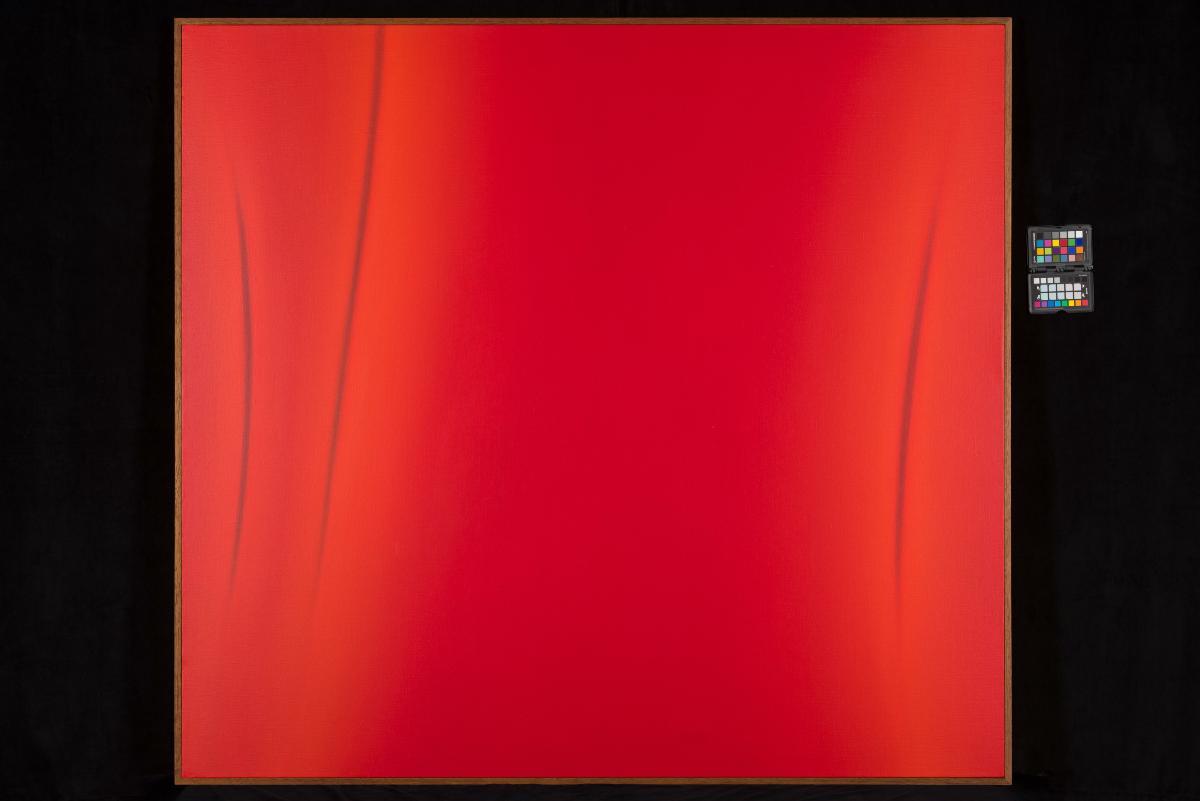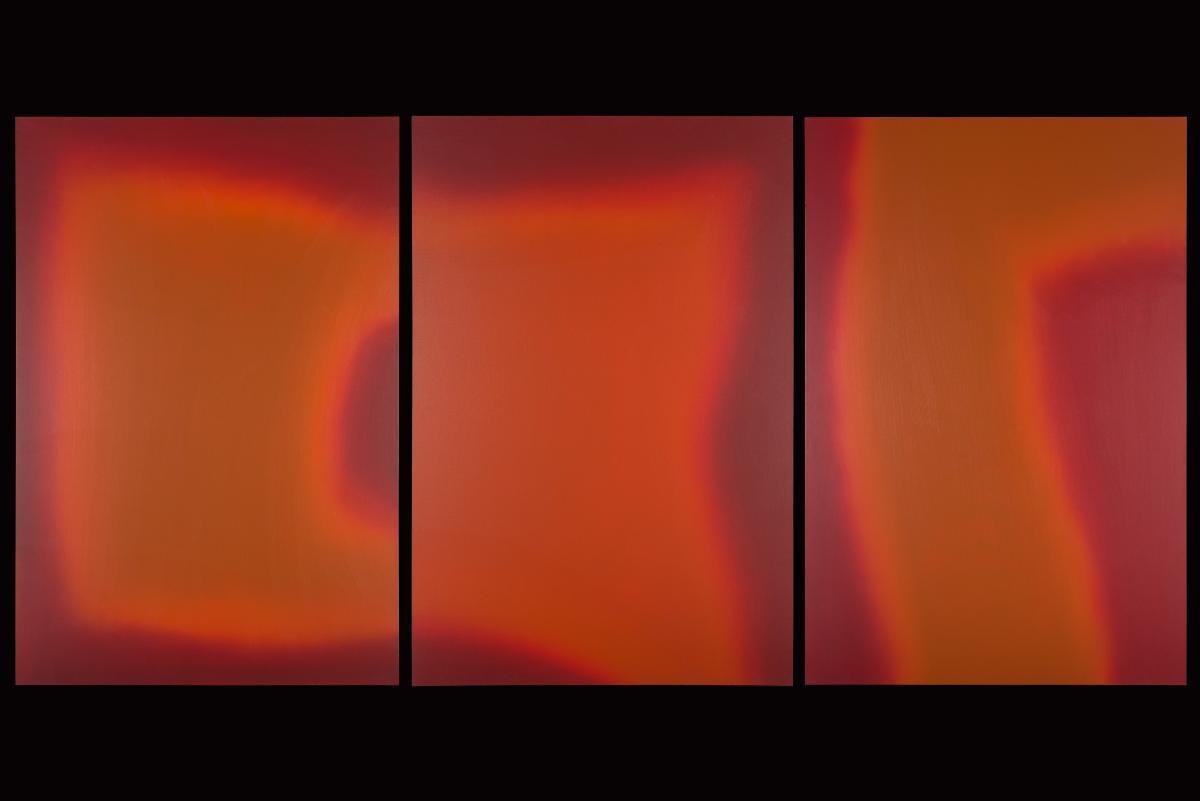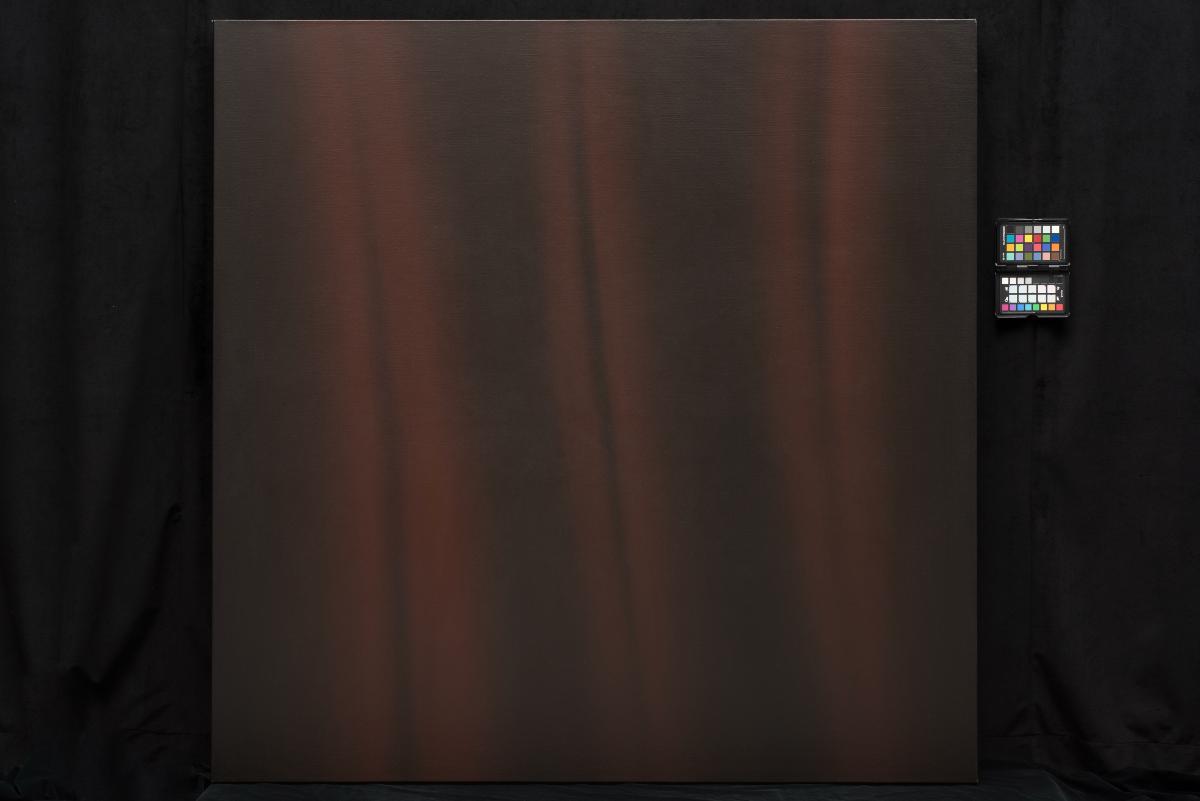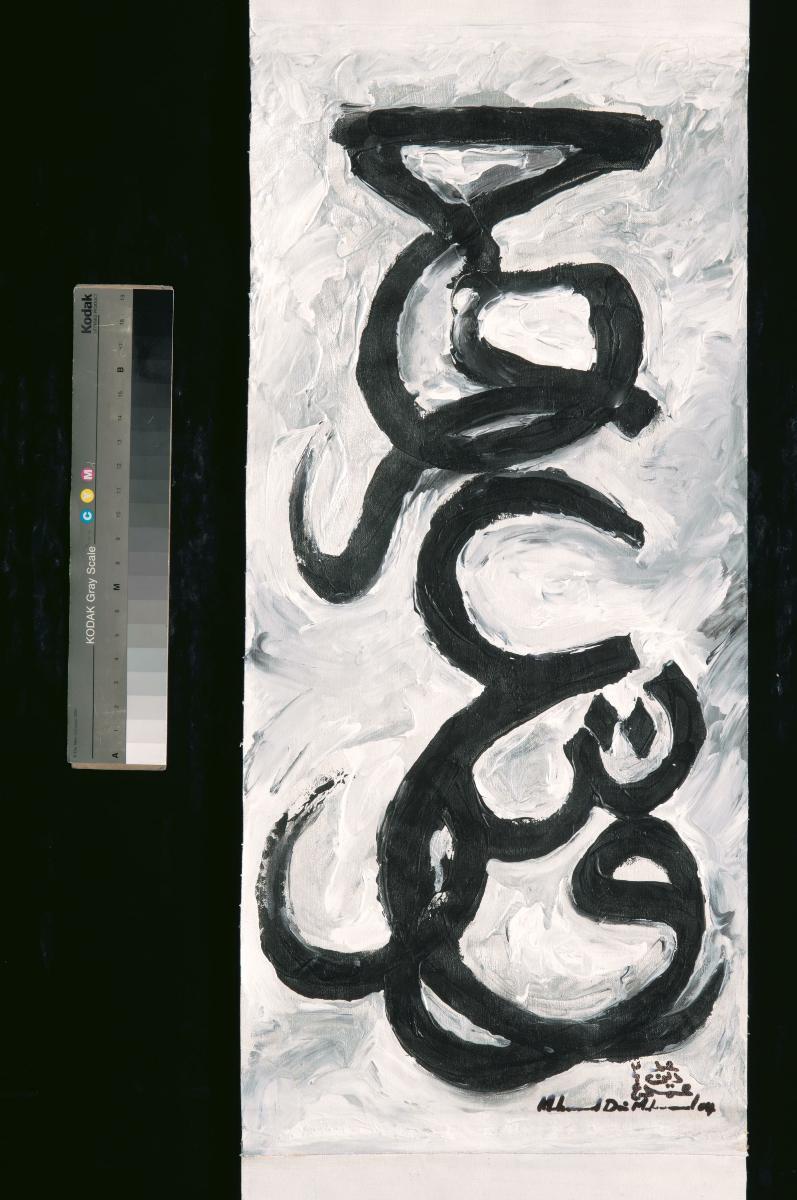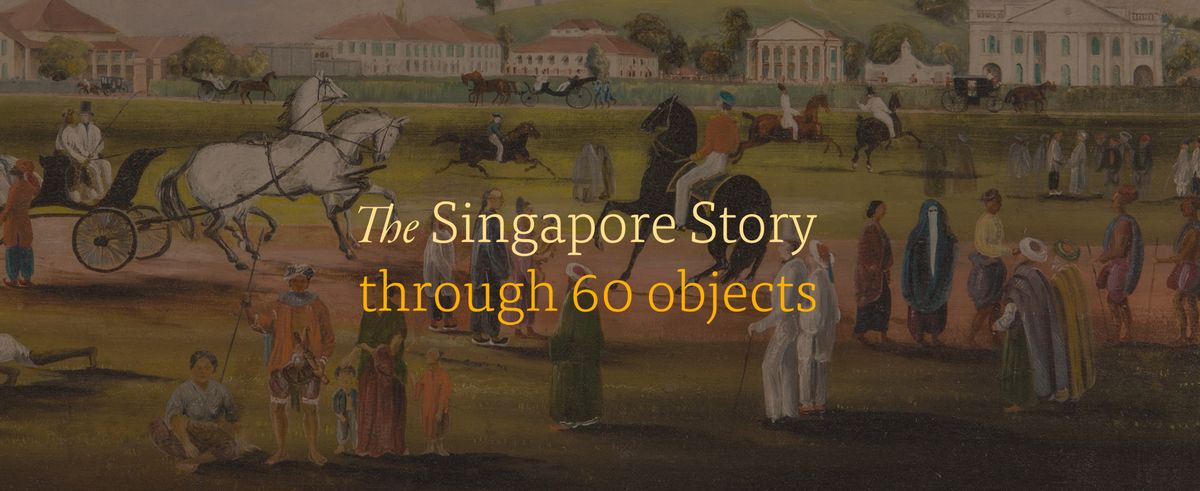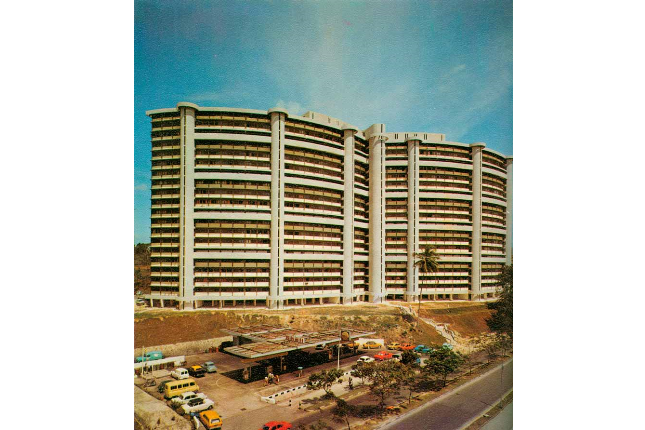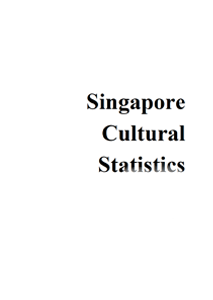Abstract and seemingly ‘minimal’ in their formal composition, Kumari Nahappan’s paintings resist easy identification of content and subject matter, yet to describe them as minimalist also misconstrues the work. The paintings draw deeply from Hindu spiritual belief and practice, and may been seen as meditations upon the notions of time, cosmic energy and ritual. In ‘Trinity’, the shifts in energy are portrayed as rends that emerge in the cosmos, and the title makes reference to the Hindu trinity of Brahma, Vishnu and Shiva respectively. Yet even as the three major gods represent creation, preservation and destruction respectively, they are also regarded as ‘one’ or a single entity, with each of the figures also encompassing all three qualities within the individual, and thus evoking the idea of 3-in-1 and also 1-in-3 in co-existence. The painting hums with an intense red – a colour which Nahappan is often associated with and arguably most known for. Kumari Nahappan’s (b. 1953, Klang, Malaysia) practice encompasses inter-disciplinary genres, from painting to sculpture and installations, and her works have a distinctive visual identity that is decisively shaped by her cultural roots and beliefs. Nahappan has received commendations in the Philip Morris ASEAN Art Awards & UOB Painting of the Year. She has exhibited widely internationally, including Museum der Kulturen in Basel, Tropenmuseum in Amsterdam, Mori Art Museum, Tokyo and Singapore Art Museum, Seoul Art Centre in Korea, Museum Rudana in Indonesia.





